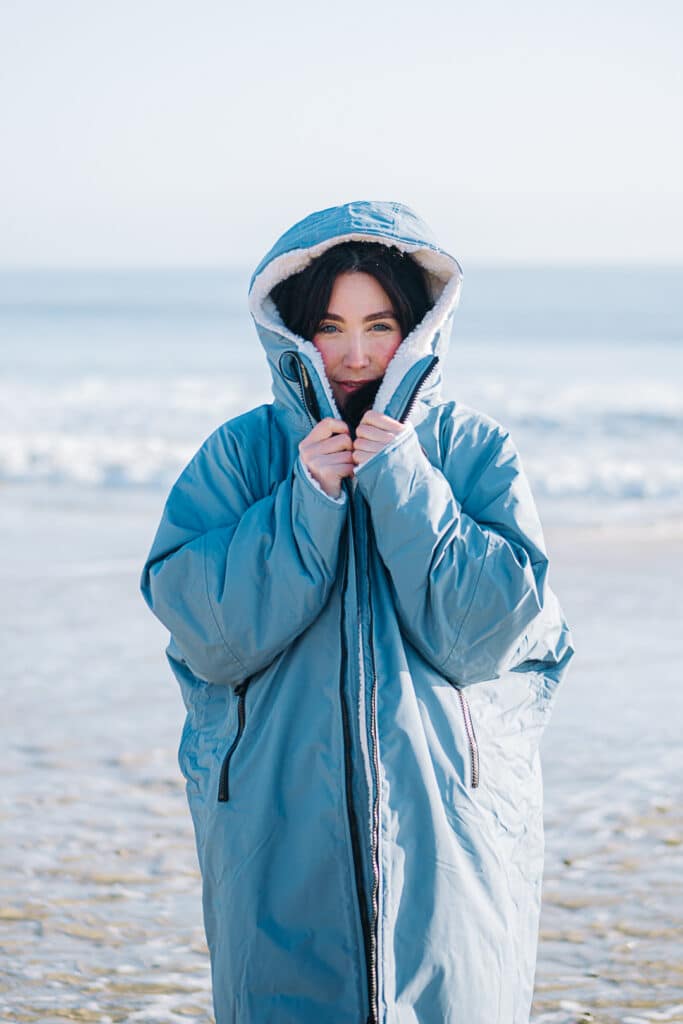Hypothesis: That there are more men than women working in the outdoor/ adventure industry in the UK.
To test the gender diversity hypothesis we…
Surveyed 52 companies/ organisations that employ 3 or more people in the Outdoor/ Adventure sector.
Contacted organisations, governing bodies and quality assurance schemes within the sector and asked them for data relating to gender diversity.
Surveyed 260 people that work for organisations that employ 3 or more people within the Outdoor/ Adventure sector.
Below is the data provided by the, individuals, companies, organisations, governing bodies and quality assurance schemes that responded to us…

The Association of Heads of Outdoor Education Centres (AHOEC)
25% of the executive committee of AHOEC are female
17% of the general membership of AHOEC are female
The Institute of Outdoor Learning (IOL)
31% of Institute of Outdoor Learning members are female
28% of Institute of Outdoor Learning practitioners are female
26% of those registered as Accredited Practitioners of the Institute of Outdoor Learning are female
The British Mountaineering Council
The BMC directed us to data that was produced 11 years ago. That data showed that in 2006 25% of a sample of ‘Summit’ readers (the BMC magazine) were Female.

Mountain Training and Gender Diversity
As of January 1st 2018 this was the proportion of females holding these qualifications…
Climbing Wall Award: 31% | Single Pitch Award: 16%
Lowland Leader Award: 39% | Walking Group Leader Award: 31%
Mountain Leader (summer) award: 18% | Mountain Leader (winter) award: 10%
Mountain Instructor Award: 10% | Mountain Instructor Certificate: 6%

British Canoeing and Gender Diversity
23% of current British Canoeing board members are female.
In 2016 26% of British Canoeing individual members were female.
As of January 2018 28% of British Canoeing individual members are female.
As of January 2018 36% Canoe Club members are female.
National Coasteering Charter (NCC)
15% of NCC committee members and regional reps are female
Our survey of a sample of 260 people working within the sector showed that (within the sample)…
28% of permanent staff are female
32% of seasonal staff in the sector are female
34% of management staff in the sector are female

Gender Diversity Statistics
Our survey of a sample of 52 companies/ organisations within the sector showed that (within the sample)…
25% of permanent staff in the sector are female
28% of seasonal staff in the sector are female
31% of management staff in the sector are female
Our survey of a sample of 260 people working within the sector showed that (within the sample)…
28% of permanent staff are female
32% of seasonal staff in the sector are female
34% of management staff in the sector are female

Our survey of a sample of 52 companies/ organisations within the sector showed that (within the sample)…
25% of permanent staff in the sector are female
28% of seasonal staff in the sector are female
31% of management staff in the sector are female
Gender Diversity Conclusion
There are significantly fewer women than men working in the outdoor/ adventure sector in the UK.
The data we’ve drawn together shows that 28% of permanent and full time seasonal staff within the sector are female.
The data we’ve drawn together shows that 33% of managers within the sector are female.
A Sport England Study (June 2015) showed that of a total population of 43.7 million people over the age of 16 in the UK:
- 8.96 million people were ‘active in the outdoors’
- 2.5 million people were ‘regularly (weekly) active in the outdoors’
- That females are less likely to be ‘active outdoors’ (35% of participants)
- The proportion of females ‘active outdoors’ approximately corresponds to the proportion of females working within the outdoor/ adventure sector.

We’re not surprised by the conclusions that we’ve drawn. We’re not sure what can be done to increase the proportion of female staff within the sector.
While undertaking this research we’ve realised just how racially polarised the outdoor/ adventure sector seems to be. Some of the data appears to show that the sector might be as much as 98% white Caucasian; we’re going to invest some time into researching this.





